 During 1921-1922, Pomona relocated its early administration building, Sumner Hall, from what is now Marston Quad to its current location east of Bridges Hall of Music. Today, Sumner houses the financial aid and admissions offices, drawing thousands of visitors every year from around the world as the starting place for campus tours. After more than a year with Sumner closed in the pandemic (and tours online only), visitors are now returning to campus and Sumner is sure to resume its role as one of the busiest spots at Pomona.
During 1921-1922, Pomona relocated its early administration building, Sumner Hall, from what is now Marston Quad to its current location east of Bridges Hall of Music. Today, Sumner houses the financial aid and admissions offices, drawing thousands of visitors every year from around the world as the starting place for campus tours. After more than a year with Sumner closed in the pandemic (and tours online only), visitors are now returning to campus and Sumner is sure to resume its role as one of the busiest spots at Pomona.
Articles from: 2021
Sumner’s Century
Aging Well
 Jill Grigsby was a young woman in her late 20s when she began studying the aging process.
Jill Grigsby was a young woman in her late 20s when she began studying the aging process.
In June, she retired as the Richard Steele Professor of Social Sciences and professor of sociology after 38 years at Pomona. The researcher, in a way, has become her own subject, or at least the beneficiary of her own expertise.
For years, Grigsby has lent her knowledge to the City of Claremont as a member of its Committee on Aging. She helped create the Pomona College class auditing program that has spread across The Claremont Colleges, allowing senior citizens to sit in on many courses at no cost with the permission of the professor. She also has organized regular talks by professors for retired groups in the community. Now, she is among them, and turning her gaze inward.
“I have to realize now that the unexpected is really part of the aging process,” Grigsby says.
Whether that’s something like COVID-19 that affects everyone or something more personal, “there will be some other catastrophe and it’s realizing that life is not just going to go on smoothly,” she says, noting the many health issues that can arise as we grow older.
Even as she plans to travel for fun, Grigsby intends to continue pursuing her wide-ranging research interests, which include population trends, the high societal value of pets in Japan and suburban walking trails as gathering places for people of different races and ethnicities. With the privilege afforded her in retirement, she has taken a campus office in Baldwin House, built in 1890 and former home to the first College president.
“I know that it’s really important to construct a schedule,” she says. “So, I’m getting a new office and figuring out what my new schedule is going to be.”
Solemn Surprise
 Eric Myers ’80 was placing flags on graves for Memorial Day with his daughter’s church youth group when he encountered a solemn Pomona connection 3,000 miles from campus. Poughkeepsie Rural Cemetery in New York is the resting place for members of the Smiley family, including Albert K. Smiley, the Pomona trustee of the late 1800s whose name is on one of Pomona’s oldest residence halls, where Myers lived his junior year. Today, Myers, who had come across the grave years ago but didn’t remember the exact spot, works at SUNY New Paltz, home to Smiley Art Building, named for the family whose philanthropy supported colleges and civic enterprises on both coasts.
Eric Myers ’80 was placing flags on graves for Memorial Day with his daughter’s church youth group when he encountered a solemn Pomona connection 3,000 miles from campus. Poughkeepsie Rural Cemetery in New York is the resting place for members of the Smiley family, including Albert K. Smiley, the Pomona trustee of the late 1800s whose name is on one of Pomona’s oldest residence halls, where Myers lived his junior year. Today, Myers, who had come across the grave years ago but didn’t remember the exact spot, works at SUNY New Paltz, home to Smiley Art Building, named for the family whose philanthropy supported colleges and civic enterprises on both coasts.
Quoted
 “I came late to bicycle riding.
“I came late to bicycle riding.
When I first learned or tried to learn, I rode myself straight into the back of a car and didn’t pick up a bike for maybe three years after that.”
—Ken McCloud ’07,
who today is policy director for the League of American Bicyclists, appearing on the Sagecast.
Book Talk: Vivid Quest
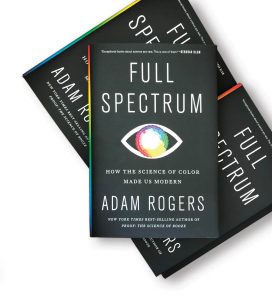 Adam Rogers ’92 showed his first glimmer of interest in the mysteries of color perception with a middle school science project. He simply colored in a square on a piece of paper, held it up and asked the class, “What color do you see?”
Adam Rogers ’92 showed his first glimmer of interest in the mysteries of color perception with a middle school science project. He simply colored in a square on a piece of paper, held it up and asked the class, “What color do you see?”
Most students saw red, but one replied, “Pink.” Decades later, the science writer delves deeper into the ways that humans relate to color in his new book, Full Spectrum: How the Science of Color Made Us Modern. Here he explains a bit about how the book began, what he learned while writing it and what science journalism is like today.
PCM: Where did the idea for a book about the science of color come from?
Adam Rogers: As a science reporter at Newsweek in the ’90s, I found out about this pigment, this one molecule, this one chemical called titanium dioxide. It makes the color white.
It’s the super-light metal that you make artificial hips and Soviet-era submarines out of. Titanium, you take one atom of that, two atoms of oxygen, you stick those together and you get this stuff with a super-high refractive index, very opaque, very bright. And when you make it into a powder, if you do the right chemistry on it, you can make the color white, and it also becomes a ubiquitous chemical in all of the things around [us]. It’s in a lot of different kinds of paints; it’s in paper; it’s in a lot of plastics; it’s in pills and some foods.
I got obsessed with this idea that there was this one thing that was just everywhere—and essentially invisible. Except that it was also a color. I couldn’t shake that.
PCM: How long did it take you to write the book, and what are some of the places that it took you?
Adam Rogers: From the time I said, “OK, it’s going to be a book” to now is, I think, four years. I was late; I ran late on it. I went to the place in Cornwall, in England, where titanium was discovered, where somebody first identified that there was some new element in the dirt in the bed of a creek. I spent some time wandering around museums in Paris trying to see the colors instead of just seeing the art. I went to a professional coding conference in Indianapolis and tried to talk to the people who use color to put on things like cars.
There was some time spent in university labs, talking to folks about their research looking into the brains of monkeys and trying to understand what happens in those brains when they see color. In Boston I was talking to folks about trying to 3D print or paint forgeries of paintings that would be indistinguishable from the actual painting because of the way that they responded to the color around them.
PCM: Early in the book you write about color perception and tiny microbes and the possible origin of color perception. Can you tell us about that?
Adam Rogers: There has to be some early example of life that first started to be able to see color…[maybe] a totally different branch of life on the tree that’s billions of years old that would have been the first living things on Earth that turn out to have been able to distinguish between basically blue light and red light. Because one of those [colors] would have told them how to hide, and one of them would have been a place where they could hunt, where they could go look for food.
To do that, those critters had to develop the pigments that would respond differently, that would send a signal inside their own little single cells that would say either, “OK, now we’re getting this one wavelength; go toward it,” or “Now we’re getting this other wavelength; go away from it.” So the question then is how did they evolve that [ability]? The hypothesis is that it began as a form of photosynthesis—that you develop these very complicated molecules, versions of which still exist today in plants, that will be able to use the photons coming into the bodies of these microorganisms, of these microbes.
PCM: Do you ever find yourself out of your scientific depth?
Adam Rogers: All the time. I have no scientific depth in some respects. My formal science training was at Pomona, and that was it. I was a science, technology and society major. I have slightly more than half of a biology degree [and studied a lot of] history. That turned out to be really meaningful, because I find myself still writing STS stuff. Somebody had to point it out to me, that I’m still doing STS.
PCM: With the degree of science denial and the politicization of science and the general lack of scientific literacy in America today, it must be frustrating. Do you run up against that as a writer?
Adam Rogers: I do. Ten years ago I would have said, “Well, it’s on me to make sure that people understand my writing.…People won’t know what I’m necessarily talking about from the jump, and I have to compel them to come into a story and give them reasons to keep reading and then explain to them stuff that’s right and true.” I still think all of that. I think that some of this [science denial or limited scientific literacy] is the media’s fault, but some of it’s not. People have so little understanding now not only about science and the way that you might learn it in a classroom, but also about just who scientists are…and how you know something is maybe more true than something else. Societally, we have been terrible at explaining that to people. We don’t really teach it, we don’t really make it a priority, and I think we’re reaping some of that now.
PCM: What advice do you have for young people out there who are interested in pursuing a career in science writing?
Adam Rogers: I hope that they will. It is a hard time in journalism now, for social reasons and economic reasons. But I remain optimistic that even if the kind of places that do journalism will change, there still will be places to do journalism, and I think that writing about science—don’t tell any of my colleagues—I think it’s the most important beat. Don’t tell anybody I said that.
—Abridged and adapted from Sagecast, the podcast of Pomona College
Eager Readers
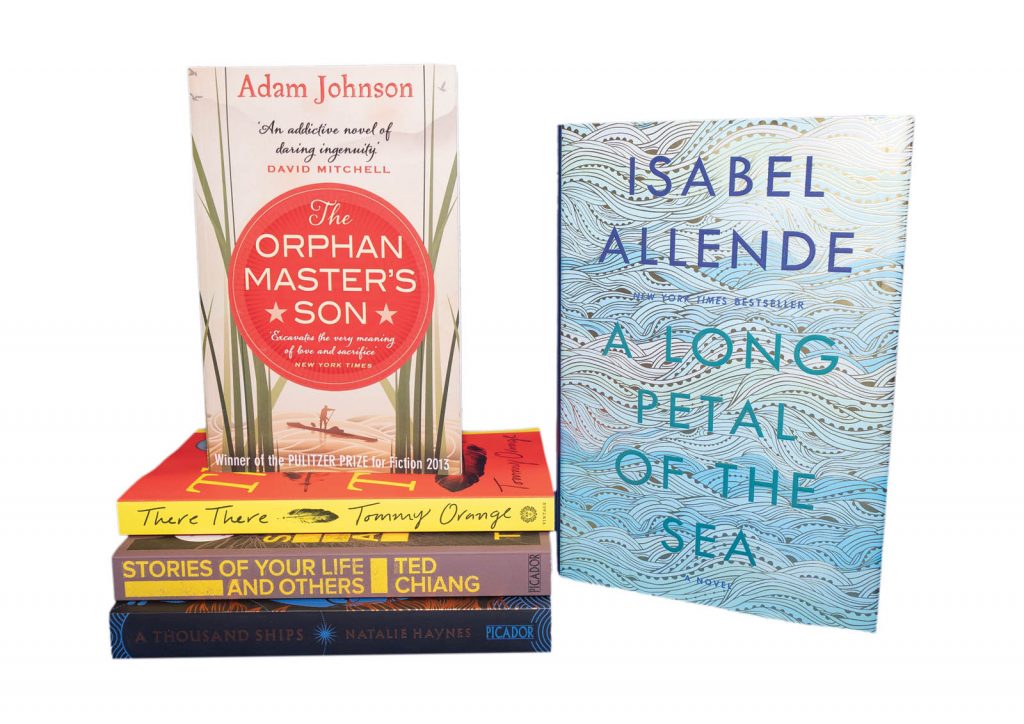 Sagehens have always been proudly bookish, so it is no surprise the admissions team’s decision to send a handpicked tome to each U.S. student admitted in spring went over well, winning raves on social media. “Pomona is amazing,” wrote one poster on Reddit. “They keep winning my heart.”
Sagehens have always been proudly bookish, so it is no surprise the admissions team’s decision to send a handpicked tome to each U.S. student admitted in spring went over well, winning raves on social media. “Pomona is amazing,” wrote one poster on Reddit. “They keep winning my heart.”
“Our goal was to send a personalized mailing that, in a way, assured students we had indeed read their applications, and, most importantly, really seen them and their interests,” says Paola Reyes Noriega, assistant dean of admissions.
The eight books were recommendations from College staff or were works by guest speakers the College has recently welcomed, such as There There author Tommy Orange. Admissions officers picked which one to send based on what they learned about the admitted students in applications, offering the perfect way for soon-to-be Sagehens to open a new chapter at Pomona.
Not Pictured: Make Your Home Among Strangers by Jennine Capó Crucet, Real Life by Brandon Taylor and The Vanishing Half by Britt Bennett
Bookmarks Fall/Winter 2021
 The Thousand Crimes of Ming Tsu
The Thousand Crimes of Ming Tsu
The debut novel by Tom Lin ’18, a New York Times Book Review Editor’s Choice selection, is a reinvention of the American Western, this time starring a Chinese American assassin.
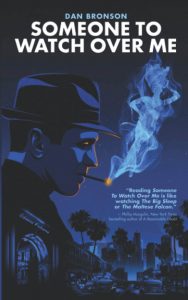 Someone to Watch Over Me
Someone to Watch Over Me
Set in 1947 Hollywood, this mystery thriller by Dan Bronson ’65 follows an actor turned studio publicist tasked with finding a missing actress.
 Japan’s Aging Peace: Pacifism and Militarism in the Twenty-First Century
Japan’s Aging Peace: Pacifism and Militarism in the Twenty-First Century
Politics Professor Tom Phuong Le posits that Japan’s reluctance to remilitarize is due to factors of demographics, culture and perspectives on security.
 Bird versus Bulldozer: A Quarter-Century Conservation Battle in a Biodiversity Hotspot
Bird versus Bulldozer: A Quarter-Century Conservation Battle in a Biodiversity Hotspot
Using the story of the coastal California gnatcatcher, ecologist Audrey L. Mayer ’94 offers an optimistic perspective on regional conservation planning strategies benefiting both humans and wildlife.
 Building the Population Bomb
Building the Population Bomb
Emily Klancher Merchant ’01 writes the history of U.S. demography and population control, challenging the conventional notion that population growth in and of itself is inherently a problem.
 Control the Narrative: The Executive’s Guide to Building, Pivoting and Repairing Your Reputation
Control the Narrative: The Executive’s Guide to Building, Pivoting and Repairing Your Reputation
Lida Citroën ’86 writes about the power of personal branding and offers advice on how to make your reputation an asset.
 Parabellum
Parabellum
In this crime novel by Greg Hickey ’08, four individuals emerge as possible suspects in a deadly mass shooting in Chicago.
 Project Inferno (Infiltration)
Project Inferno (Infiltration)
William W. King ’70 has penned a futuristic novel (the first in a series) about an ordinary household object that is weaponized to attack America.
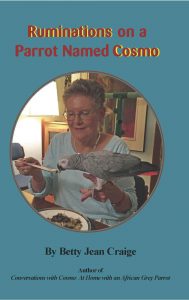 Ruminations on a Parrot Named Cosmo
Ruminations on a Parrot Named Cosmo
Betty Jean Craige ’68 was inspired by her African grey parrot to write 75 short humor essays about her pet’s language learning, animal consciousness and the cognitive similarities between parrots and humans.
 The Mindfulness Sidekick: Mental Wellness to Maximize Transcranial Magnetic Stimulation
The Mindfulness Sidekick: Mental Wellness to Maximize Transcranial Magnetic Stimulation
For individuals with long-term depression, Transcranial Magnetic Stimulation (TMS) is widely considered a breakthrough treatment, and in this book Amy Halloran-Steiner ’94 journeys with patients, teaching the medicine of mindfulness.
 Water Music: Adventures of a Journeyman Surfer
Water Music: Adventures of a Journeyman Surfer
David Rearwin ’62 started surfing 70 years ago. At the age of 80, he continues—and chronicles—his escapades at sea.
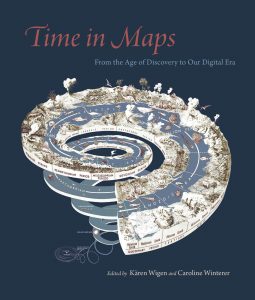 Time in Maps: From the Age of Discovery to Our Digital Era
Time in Maps: From the Age of Discovery to Our Digital Era
Historian Caroline Winterer ’88 is co-editor of a volume that examines how maps from across the world have depicted time in inventive ways.
 Tattoo on My Brain: A Neurologist’s Personal Battle Against Alzheimer’s Disease
Tattoo on My Brain: A Neurologist’s Personal Battle Against Alzheimer’s Disease
Dr. Daniel Gibbs ’73 offers a memoir about his diagnosis of Alzheimer’s—the very disease he treated in patients for 25 years.
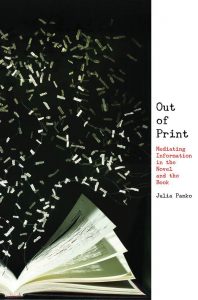 Out of Print: Mediating Information in the Novel and the Book
Out of Print: Mediating Information in the Novel and the Book
Julia Panko ’02 examines how the print book has fared with the proliferation of data across the 20th and 21st centuries.
Faculty Retirees
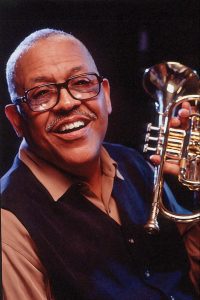 Bobby Bradford
Bobby Bradford
lecturer in music
44 years at Pomona
 Everett L. “Rett” Bull Jr.
Everett L. “Rett” Bull Jr.
Osler-Loucks Professor in Science and professor of computer science,
42 years at Pomona
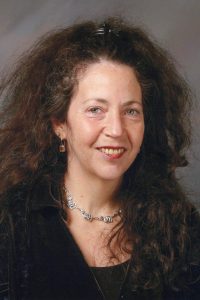 Ann Davis
Ann Davis
McConnell Professor of Human Relations and professor of philosophy
22 years at Pomona
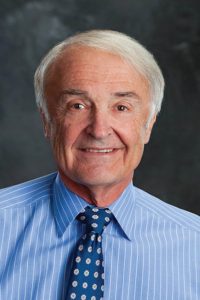 Stephen A. Erickson
Stephen A. Erickson
Wilson Lyon Professor of the Humanities and professor of philosophy
56 years at Pomona
 Erica Flapan
Erica Flapan
Lingurn H. Burkhead Professor of Mathematics
34 years at Pomona
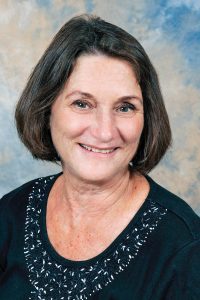 Sherry Linnell
Sherry Linnell
resident designer and professor of theatre
45 years at Pomona
 Lynne K. Miyake
Lynne K. Miyake
professor of Japanese
32 years at Pomona
Helena Wall
Warren Finney Day Professor of History
36 years at Pomona
 Jianhsin Wu
Jianhsin Wu
adjunct professor of Asian languages and literatures
30 years at Pomona
 Richard “Rick” Worthington
Richard “Rick” Worthington
professor of politics
30 years at Pomona
New Registrar
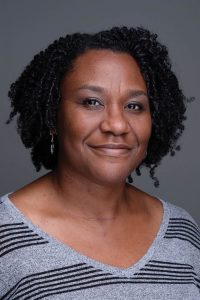
Erin Michelle Collins
The College’s new registrar, Erin Michelle Collins, started in July and comes to Pomona after serving in the same role at California Institute of the Arts. Prior to CalArts, Collins worked in positions of increasing responsibility within admissions and records at the University of La Verne, Victor Valley College and Barstow Community College.
Collins holds a bachelor’s degree in social psychology from Park University in Missouri and a master’s in psychology from The Chicago School of Professional Psychology. She arrives at Pomona a century after Charles Tabor Fitts became Pomona’s first full-time registrar in 1921, at a time when enrollment was just over 700 students and The Claremont Colleges consortium was yet to exist.
Today, Collins says, registrars’ work reaches beyond student and academic records management to include running student information systems and providing data that drives policy and improves student success. Most importantly, “a registrar has to be service-oriented, as retention and student success is directly related to how connected a student feels to their institution,” says Collins, “As the registrar, I can directly impact this connection.”
Wig Awards
Every year, juniors and seniors nominate professors for the Wig Awards, Pomona College’s highest honor for excellence in teaching, concern for students, and service to the College and community. During an extraordinary year of remote instruction due to the COVID-19 pandemic, six faculty members were elected by juniors and seniors and confirmed by a committee of trustees, faculty and students.
The 2021 recipients are:
- Eleanor Birrell,
assistant professor of computer science - Erica Dobbs,
assistant professor of politics - Phyllis Jackson,
associate professor of art history - Joanne Nucho,
assistant professor of anthropology - Kara Wittman,
assistant professor of English - Yuqing Melanie Wu,
professor of computer science
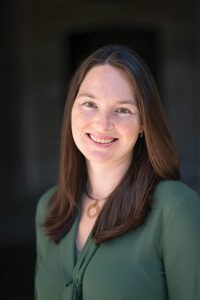
Eleanor Birrell
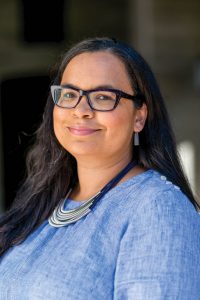
Erica Dobbs
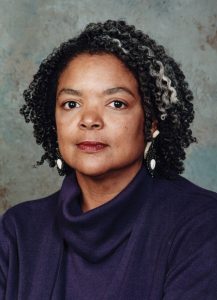
Phyllis Jackson

Joanne Nucho
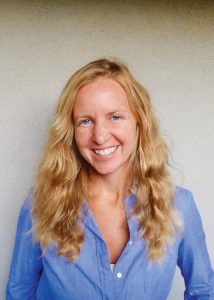
Kara Wittman

Yuqing Melanie Wu
Each of this year’s recipients is a first-time winner, except for Jackson, who was previously honored in 2003, 2010 and 2015.
